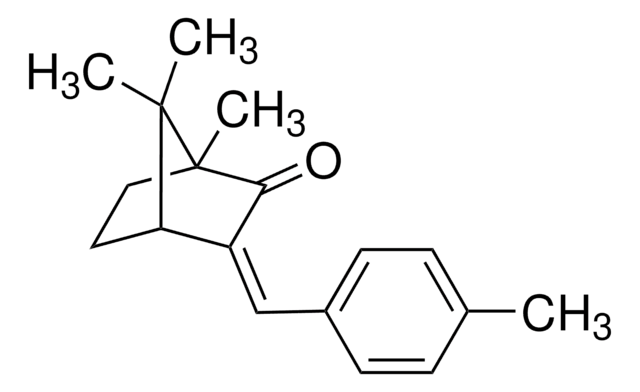MABF2247
Anti-ISG15 Antibody, clone 3C2
Synonym(s):
IP17, Interferon-induced 15 kDa protein, Interferon-induced 17 kDa protein, Ubiquitin cross-reactive protein, Ubiquitin-like protein ISG15
About This Item
Recommended Products
biological source
hamster
Quality Level
antibody form
purified antibody
antibody product type
primary antibodies
clone
3C2, monoclonal
mol wt
calculated mol wt 17.9 kDa
observed mol wt ~16 kDa
purified by
using protein G
species reactivity
mouse
packaging
antibody small pack of 100
technique(s)
western blot: suitable
isotype
IgG
epitope sequence
Unknown
Protein ID accession no.
UniProt accession no.
storage temp.
2-8°C
Gene Information
mouse ... Isg15(100038882)
Specificity
Immunogen
Application
Isotype testing: Identity confirmation by isotyping test.
Isotyping Analysis: The identity of this monoclonal antibody is confirmed by isotyping test to be Armenian hamster IgG.
Tested Applications
Western Blotting Analysis: A 1:250 dilution from a representative lot detected ISG15 in primary mouse embryonic fibroblasts infected with Chikungunya virus.
Western Blotting Analysis: A representative lot detected ISG15 in Western Blotting applications (Lenschow, D.J., et al. (2005). J Virol. 79(22):13974-83; Lenschow, D.J., et al. (2007). Proc Natl Acad Sci USA. 104(4):1371-6; Fan, J-B., et al. (2015). Sci Rep. 5:12704).
Note: Actual optimal working dilutions must be determined by end user as specimens, and experimental conditions may vary with the end user.
Target description
Physical form
Reconstitution
Storage and Stability
Other Notes
Disclaimer
Not finding the right product?
Try our Product Selector Tool.
Storage Class Code
12 - Non Combustible Liquids
WGK
WGK 1
Flash Point(F)
Not applicable
Flash Point(C)
Not applicable
Certificates of Analysis (COA)
Search for Certificates of Analysis (COA) by entering the products Lot/Batch Number. Lot and Batch Numbers can be found on a product’s label following the words ‘Lot’ or ‘Batch’.
Already Own This Product?
Find documentation for the products that you have recently purchased in the Document Library.
Our team of scientists has experience in all areas of research including Life Science, Material Science, Chemical Synthesis, Chromatography, Analytical and many others.
Contact Technical Service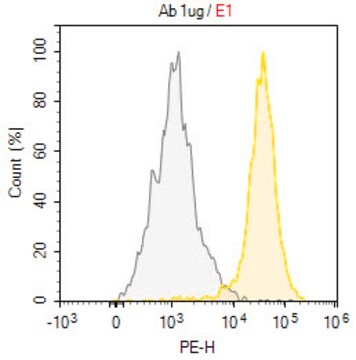

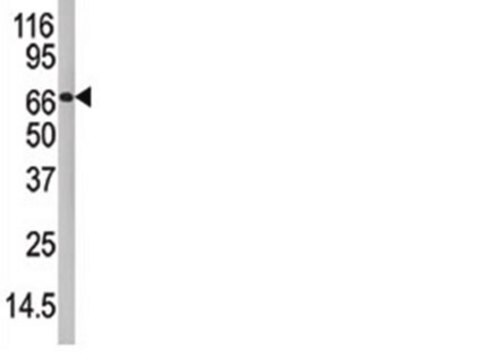
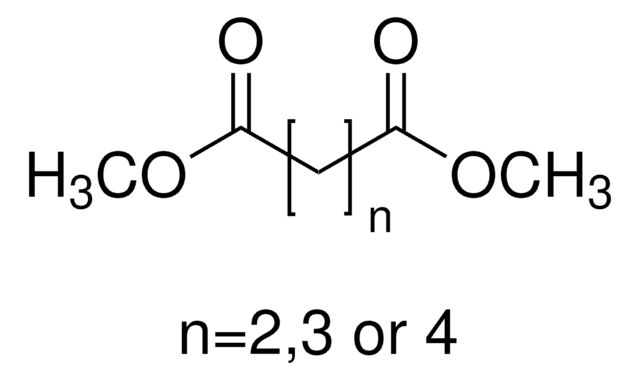

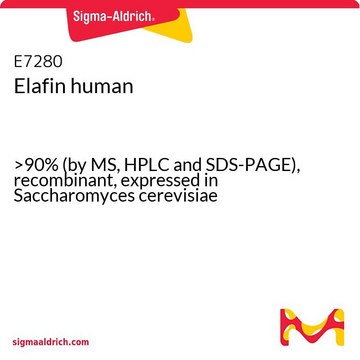

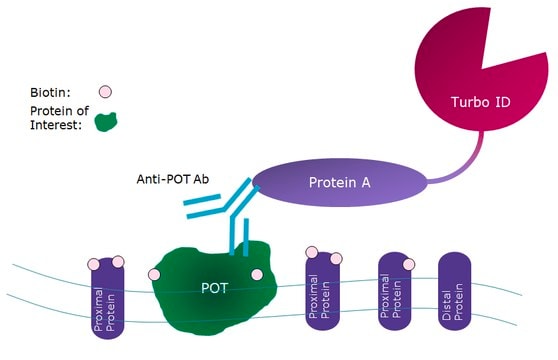
![2,2′-Methylenebis[(4S)-4-tert-butyl-2-oxazoline] 99%](/deepweb/assets/sigmaaldrich/product/structures/316/483/d76fb8bf-5216-440e-a409-771970cad43d/640/d76fb8bf-5216-440e-a409-771970cad43d.png)
